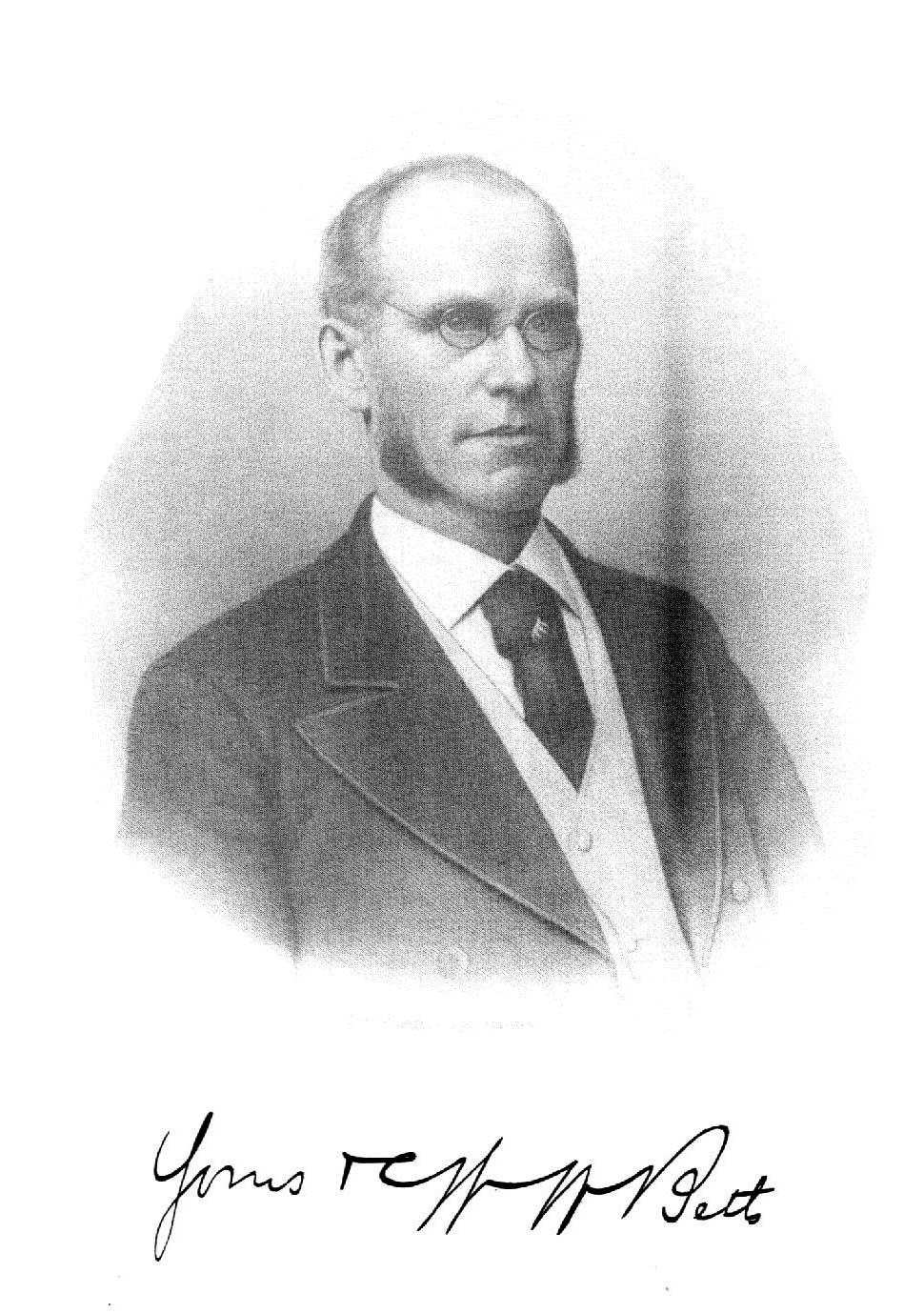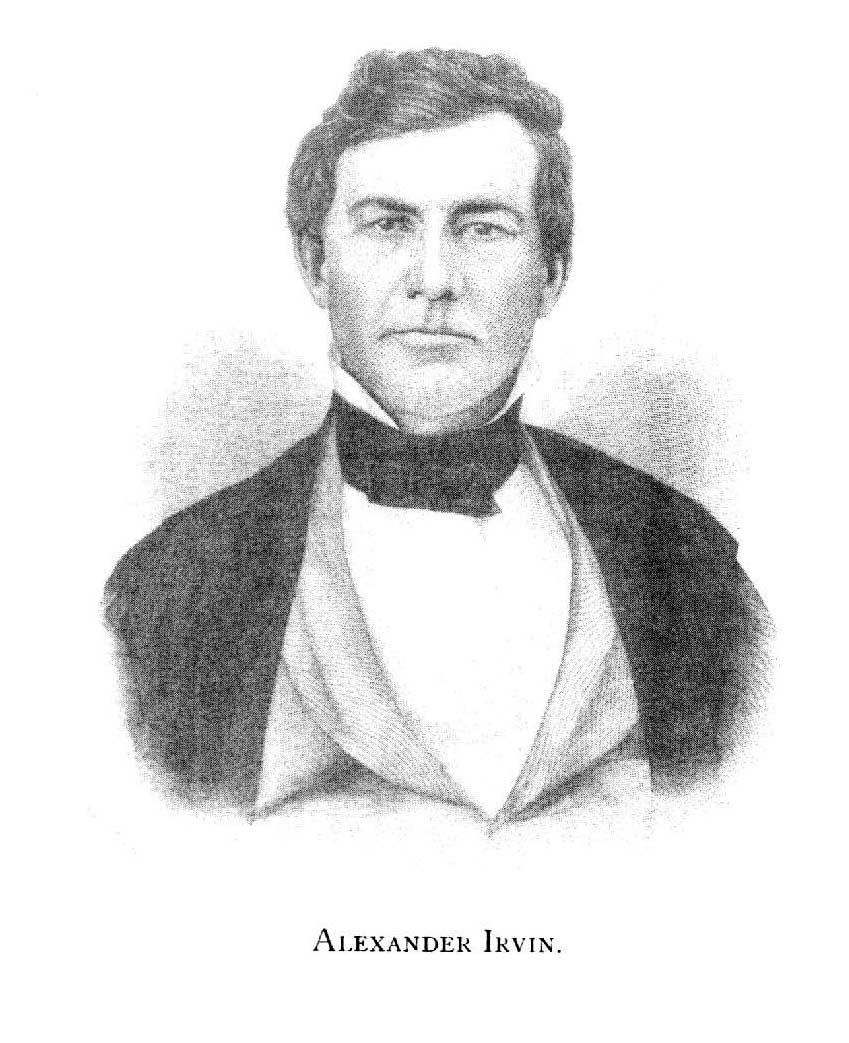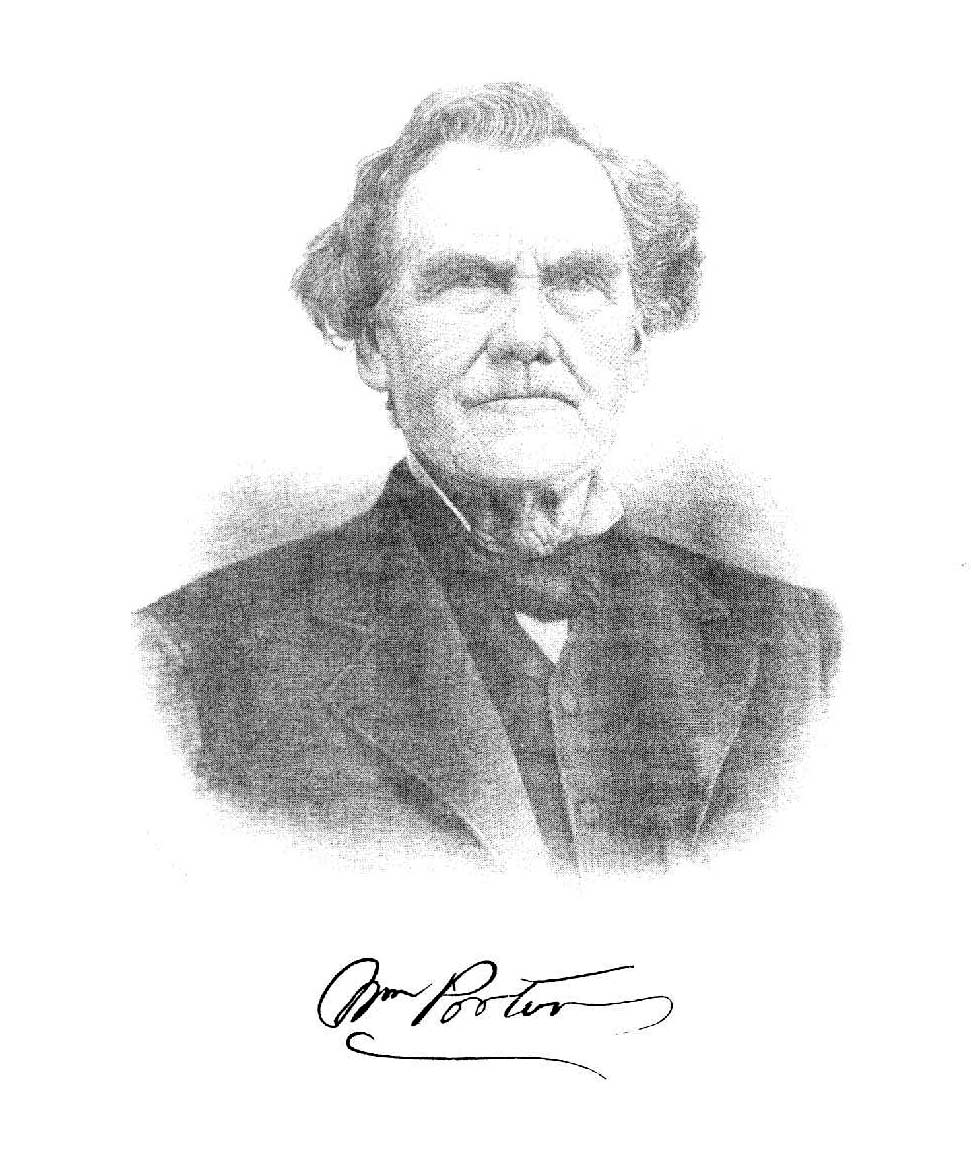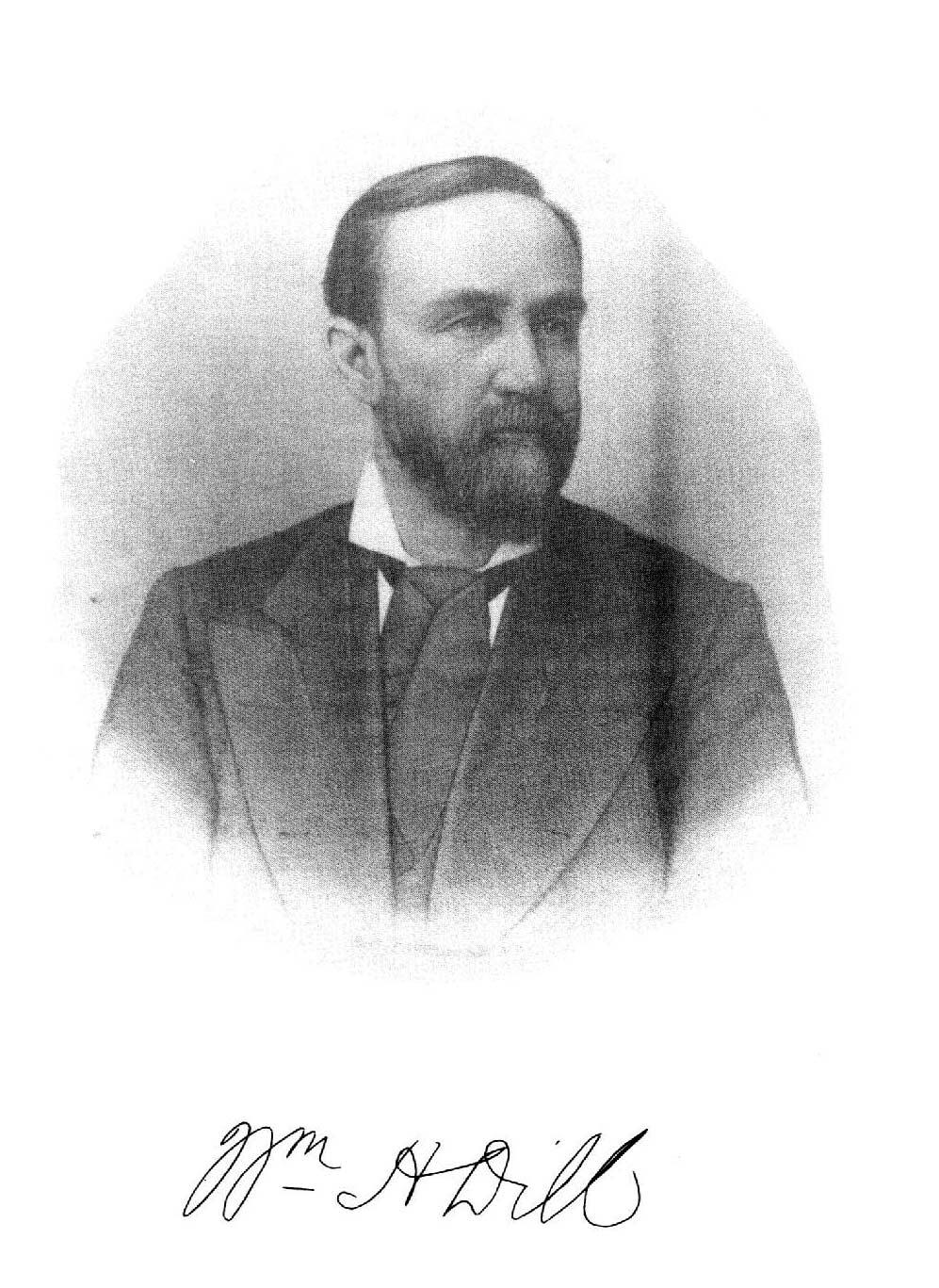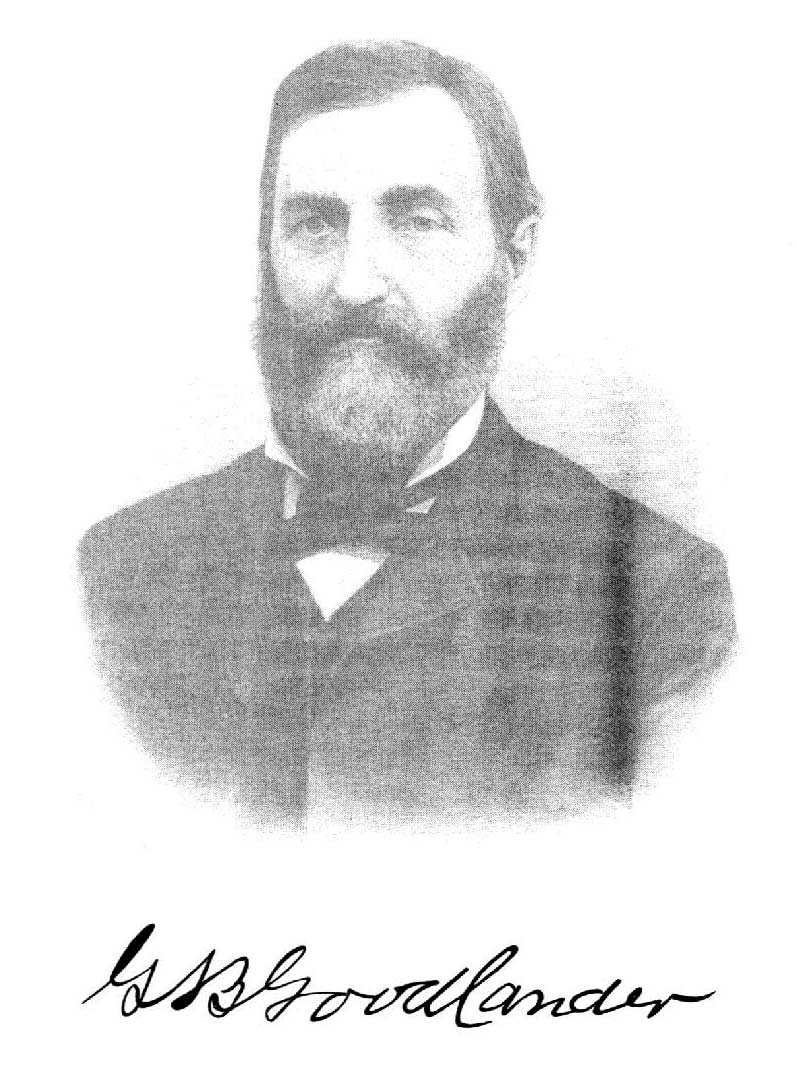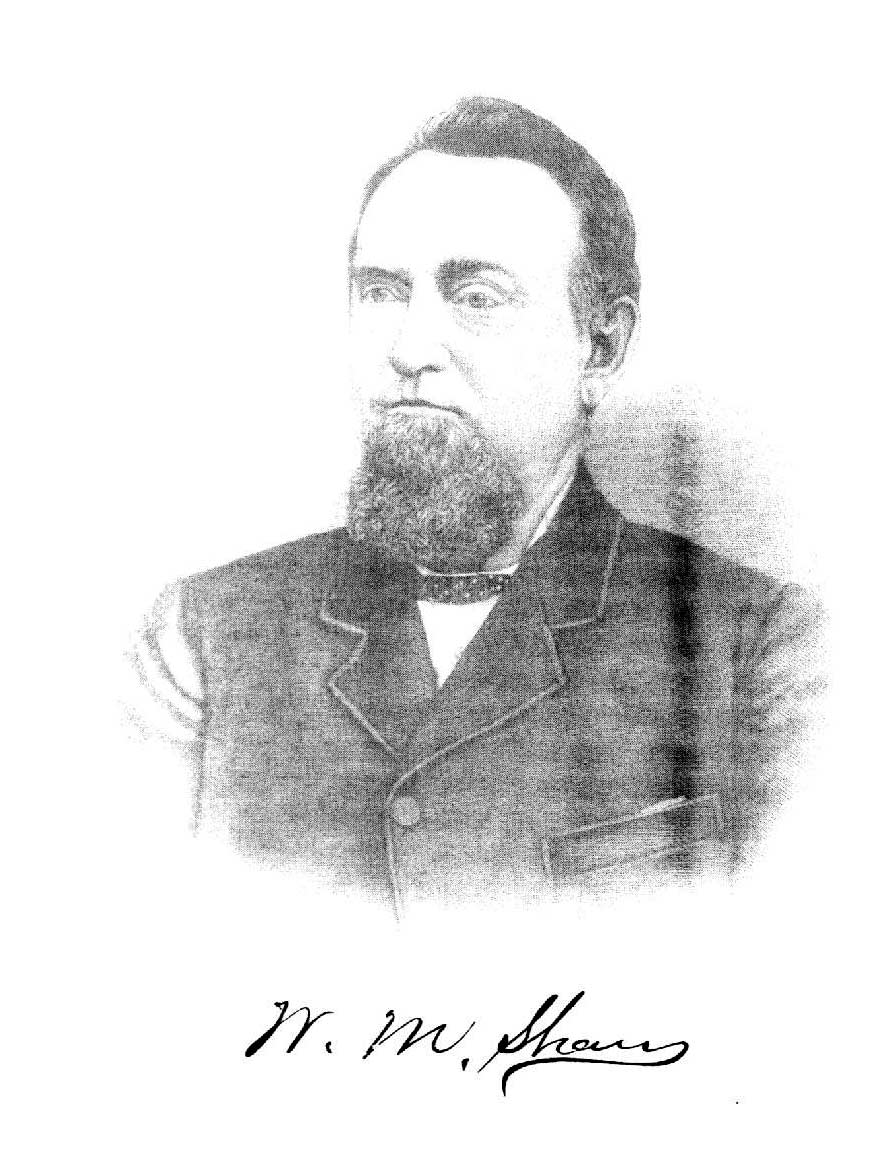| |
Page 351 BOROUGH OF CLEARFIELD.
1848. Burgess, William C. Welch; council,
Isaac Southard, William Radebaugh, Richard Mossop, Charles Miller, D. W. Moore;
clerk, D. W. Moore; treasurer, H. P. Thompson.
1849. Burgess, John L. Cuttle ; council, W. L. Moore,
G. R. Barrett, David Sackett, John Boynton, James Alexander ; clerk, Jonathan
Boynton ; treasurer, Charles D. Watson.
1850. Burgess, James Wrigley ; council, William
Merrill, J. W. Shugart, Thomas Mills, James Hollenbeck, W. A. Wallace ; clerk,
W. A. Wallace ; treasurer, Charles D. Watson.
1851. Burgess, William Powell; council, C. Kratzer, A.
K. Wright, Richard Mossop, Thomas Mills, W. A. Wallace ; clerk, W. A. Wallace.
1852. Burgess, D. W. Moore ; council, James Alexander,
W. M. Dugan, George W. Orr, W. A. Wallace, Isaiah Fullerton ; clerk, W. A.
Wallace ; treasurer, A. M. Hills.
1853. Burgess, M. A. Frank ; council, John F.
Weaver, David Sackett, Isaac Johnston, William Porter, A. K. Wright ; clerk,
William ,Porter ; treasurer, James Wrigley.
1854. Burgess, Christain Pottarf ; council, J. F.
Weaver, Isaac Johnson, J. W. Shugart, A. M. Hills, William Powell ; clerk,
William Porter.
1855. Burgess, William Irwin ; council, A. M.
Hills, George W. Rheam, C. Pottarf, H. B. Smith, W. M. Dugan ; clerk, William
Porter; treasurer, A. H. Shaw.
1856. Burgess, George D. Lanich ; council,
James Alexander, I. W. Baird, W. L Bradley, H. W. Park, W. A. Wallace ; clerk,
W. A. Wallace.
1857. Burgess, George D. Lanich ; council, W.
F. Irwin, John Troutman, O. B. Merrill, W. A. Wallace, D. F. Etzwiler ; clerk,
W. A. Wallace ; treasurer, William Porter.
1858. Burgess, William Radebaugh ; council, W. L.
Moore, W. H. Robertson, R. V. Wilson, Joseph Goon, Thomas Mills ; clerk, L. J.
Krans ; treasurer, William Porter.
1859. Burgess, Jonathan Boynton ; council, Robert
Mitchell, Richard Mossop, J. C. Whitehill, George W. Rheem, Robert Wrigley ;
clerk, L. J. Krans ; treasurer, James Wrigley.
1860. Burgess, H. B. Swoope ; council, James Wrigley,
Richard Mossop, T. J. McCullough, O. B. Merrill, George W. Rheem; clerk, L. J.
Krans; treasurer, Robert Mitchell.
1861. Burgess, Henry Stone; council, James B. Graham,
William Porter, Francis Short, James L. Leavy, W. A. Wallace, James T. Leonard ;
clerk, L. J. Krans ; treasurer, Robert Mitchell. Six councilmen were chosen in
1861, after which two were elected annually under the provisions of the act of
1860, the other four holding over.
1862. Burgess, George Latimer Reed ; councilmen
elected, J. C. Whitehill, John McPherson; clerk, John G. Hall.
|
|




